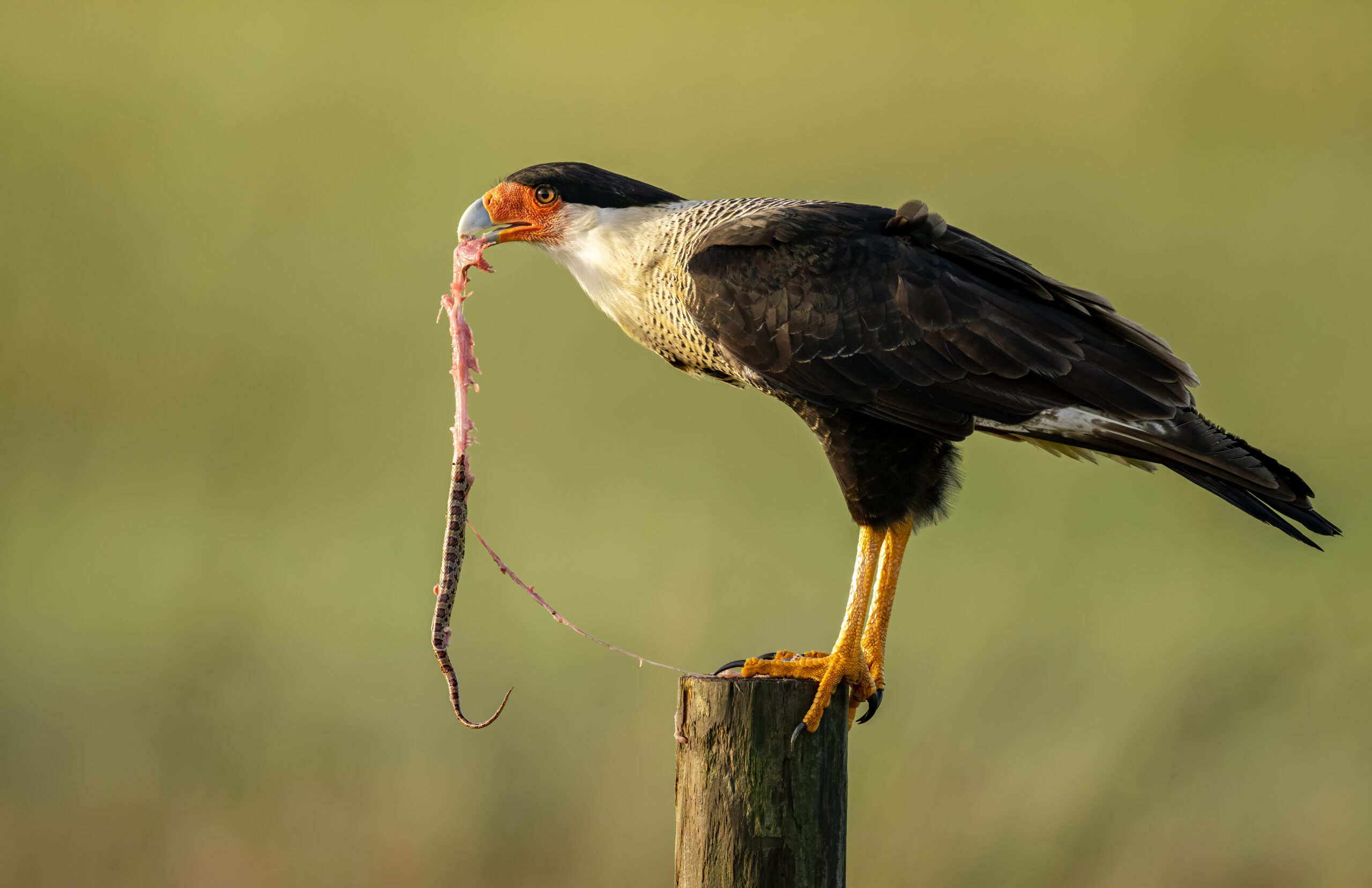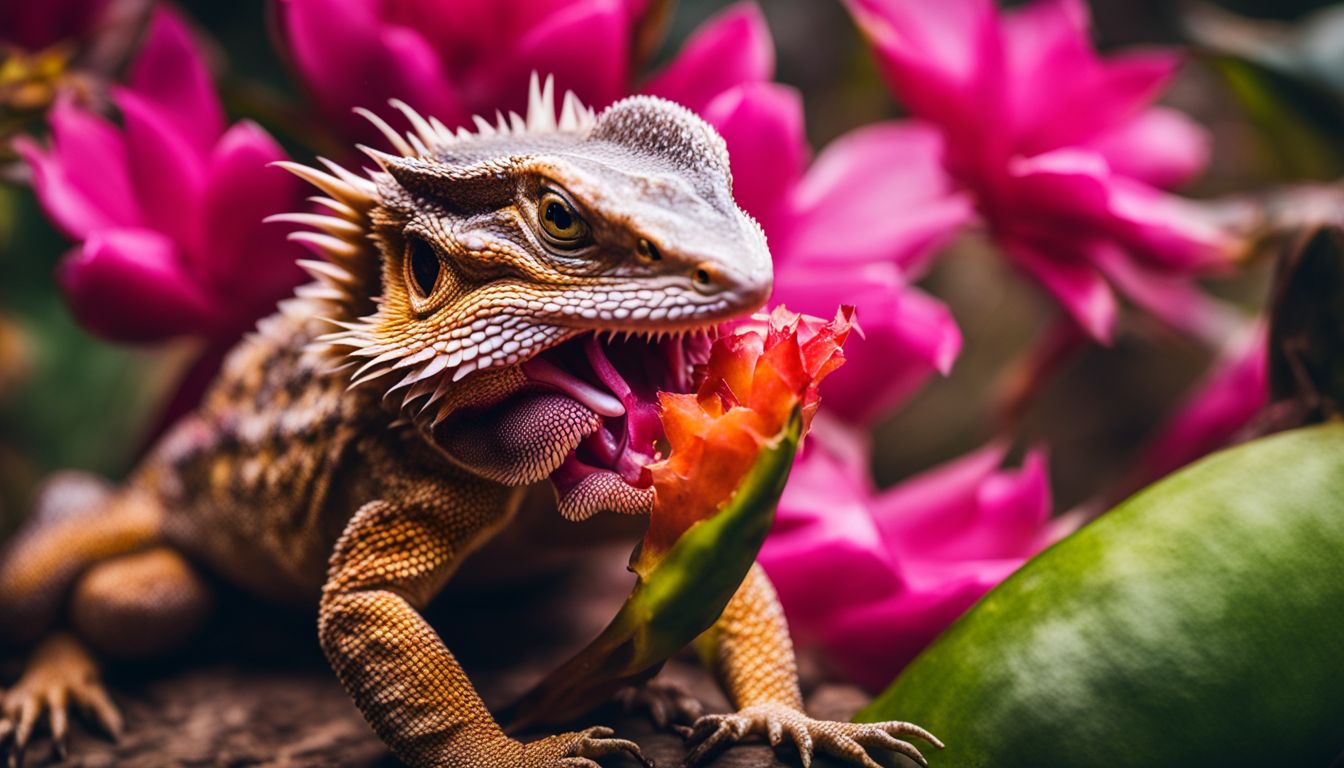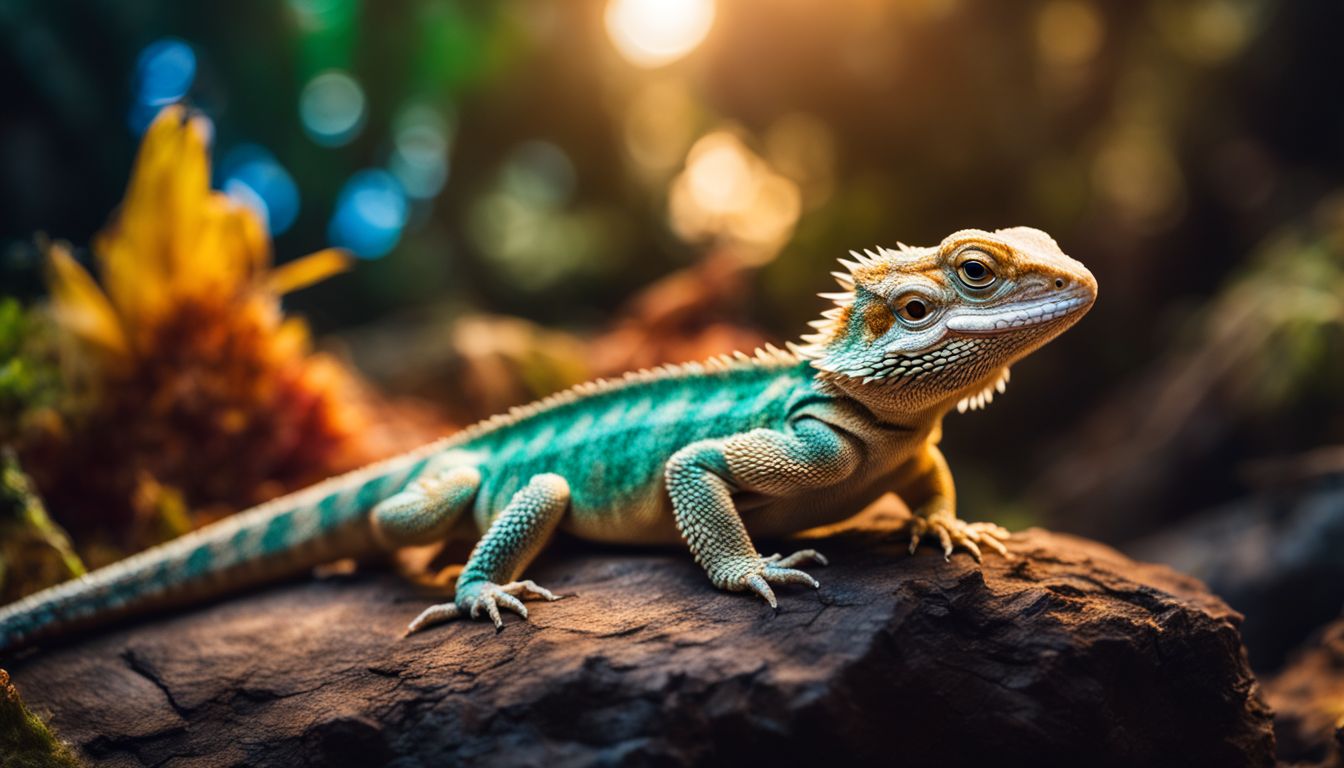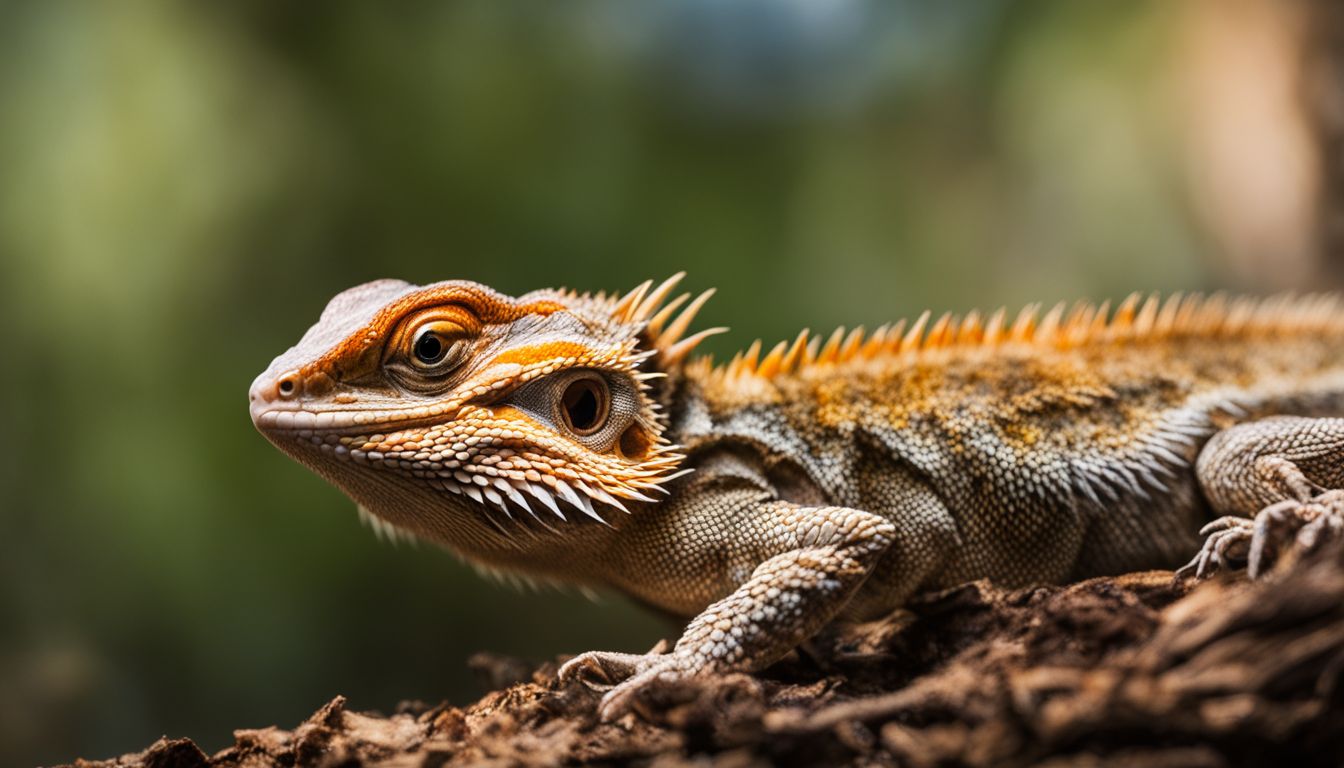Snakes, often feared and misunderstood creatures, are an important part of the food chain. As carnivorous predators themselves, these slithering reptiles have a range of both small and large hunters that eagerly feast on them.
In this blog post, we’ll delve into the fascinating world of snake predators – from birds of prey like hawks and owls to mammals such as foxes and bobcats.
Additionally, we will uncover some intriguing facts about these fearless hunters and their unique adaptations for capturing snakes.
Key Takeaways
- Snakes have a range of predators and hunters, including birds of prey, mammals, reptiles and even other snakes.
- These predators possess unique adaptations that make them successful at capturing and consuming their slithery prey. For example, birds of prey have sharp beaks and talons for gripping snakes firmly while alligators have strong jaws to crack the shells of turtles and consume various species like rattlesnakes.
- Predators play an important role in regulating snake populations while maintaining ecological balance. Without natural predators eating snakes as part of their diet, overpopulation can lead to disease outbreaks or lower crop yields due to local wildlife incursions onto farmland where food scarcity exists elsewhere in nature.
Top Predators And Hunters That Feast On Snakes
Birds of prey, such as eagles, hawks, and owls, mammals like foxes, coyotes and bobcats, reptiles including alligators, crocodiles and monitor lizards and other snakes like king snakes and indigo snakes are some of the top predators that feast on snakes.
Birds Of Prey (eagles, Hawks, Owls)
Birds of prey, such as eagles, hawks, and owls, are among the top predators and hunters that feast on snakes. These skilled avian hunters possess unique adaptations that make them successful at capturing and consuming their slithery prey. Some key characteristics of these birds of prey include:
- Ophiophagous nature: These birds have adapted specifically to eat snakes and possess the necessary tools like sharp beaks and talons for this purpose.
- Hooked beak: All raptors, including hawks, eagles, and falcons, have a hooked beak designed for tearing through the flesh of their prey.
- Strong feet with sharp talons: Birds of prey use their powerful feet equipped with sharp talons to grip onto their snake prey firmly before delivering a fatal blow.
- Keen eyesight: Raptors rely on excellent vision to spot potential snake meals from great distances and swoop down quickly to snatch them up.
- Varied diet: In addition to snakes, birds of prey consume various other animals such as rodents, insects, and fish.
It is important to note that these expert hunters play a significant role in regulating snake populations while maintaining a balanced ecosystem.
Mammals (foxes, Coyotes, Bobcats)
Various mammals are known to feed on snakes as part of their diverse diet, presenting an intriguing dynamic in the animal kingdom. These mammals include:
- Foxes: Consuming a variety of food sources such as insects, snakes, carrion, berries, apples, corn, seeds, and nuts, foxes play a vital role in controlling snake populations.
- Coyotes: Not only preying on smaller animals like foxes but also feasting on snakes, coyotes can be attracted to areas with high populations of these reptiles. However, humans are the most significant threat to coyotes’ existence, followed by cougars and gray wolves.
- Bobcats: These skillful hunters primarily target small mammals and birds but are also known to prey on snakes and even crayfish. With their diverse diet and hunting capabilities, bobcats contribute substantially to regulating snake populations in their habitat.
Reptiles (alligators, Crocodiles, Monitor Lizards)
Reptiles such as alligators, crocodiles, and monitor lizards are known to feast on snakes. These predators possess various adaptations that make them skilled snake hunters:
- Alligators: Their strong jaws allow them to crack turtle shells and consume a wide range of prey, including snakes. Alligators have been known to eat both venomous and non-venomous snake species.
- Crocodiles: Similar to alligators, crocodiles also have powerful jaws that enable them to capture and consume snakes in their natural habitat. They are opportunistic feeders and will prey upon any suitable food source they encounter.
- Monitor Lizards: These large reptiles can grow up to 10 feet long and weigh over 150 pounds. Their tough skin makes them less vulnerable to attacks from other predators like leopards. Monitor lizards primarily hunt smaller creatures such as insects, but they will not hesitate to take on larger prey like snakes when the opportunity arises.
All three of these reptile species play crucial roles in controlling snake populations within their ecosystems by preying on various snake species. Additionally, their presence helps maintain balance and biodiversity among other prey populations that would otherwise be impacted by an unchecked growth of snake populations.
Other Snakes (king Snakes, Indigo Snakes)
King snakes and indigo snakes are both known for their ability to prey on other snakes.
- King snakes are constrictors, meaning they wrap their bodies around their prey and squeeze until the prey is dead. They have a resistance to venom, which allows them to take down venomous snakes like rattlesnakes.
- Indigo snakes are not constrictors but instead overpower their prey with quick movements and powerful bites. They are immune to the venom of many species of venomous snakes, making them skilled hunters.
- Both king snakes and indigo snakes are opportunistic predators, meaning they will eat anything they can overpower, including rodents, birds, lizards, and even other small mammals.
- The eastern indigo snake is particularly important in controlling snake populations in the southeastern United States as it preys on venomous species like rattlesnakes and cottonmouths.
- Kingsnakes also play an important role in preventing overpopulation of certain snake species by feeding on younger individuals before they reach reproductive age.
Interesting Facts About Snake Predators
Predators that hunt snakes have some fascinating traits; for instance, the secretary bird has specially adapted legs to stomp on and kill venomous snakes.
Some Predators Have Specific Adaptations For Hunting Snakes
Predators that specialize in hunting snakes have developed specific adaptations to help them catch their prey. For example, some birds of prey like the red-tailed hawk and eagle have sharp talons that they use to grab and kill snakes.
Constrictors like the common boa constrictor also make use of their unique musculature to suffocate their victims before consuming them whole.
Interestingly, even other types of snakes have adapted to hunt their own kind. The king snake is immune to venomous bites from other species of snakes and will actively seek out rattlesnakes or cottonmouths for food.
Snakes Can Defend Themselves Against Predators
Snakes are equipped with various defense mechanisms to protect themselves against predators. One of their most obvious defenses is their venomous bite, manifested in several species such as rattlesnakes and cobras.
Venom acts as both an anti-predator tool and a means of capturing prey. Other snakes, like the bullsnake, make noises that mimic the hissing sound of rattlers to ward off potential attackers.
Additionally, some snake species have evolved specialized scales that change color according to temperature or environment, mimicking poisonous or dangerous snakes such as coral snakes or vipers.
Predators must be aware when attacking snakes that others will come to defend it if it detects any harm on its coil body by other creatures around him/her; these include fellow-snake species and birds who can swoop down quickly and snatch up prey before any danger occurs for the predator(s).
Predators Can Be At Risk Of Getting Bitten By Venomous Snakes
Predators that hunt snakes, such as birds of prey and wild canids, need to be careful when attacking their prey. Snakes often defend themselves by biting, and some species have venomous bites that can be lethal to other animals.
For example, the eastern diamondback rattlesnake has potent venom that can cause paralysis or death within hours.
In some cases, predators have evolved specific strategies or adaptations for hunting snakes without getting bitten. The secretary bird is a specialized hunter that stomps on snakes with its powerful legs before delivering fatal blows with its sharp beak.
The mongoose family also has immunity against snake venom and uses quick reflexes and agility to evade bites while attacking from behind.
Role Of Predators In Controlling Snake Populations
As predators, animals that eat snakes play an important role in controlling snake populations and maintaining ecological balance. Without predators to keep their numbers in check, snakes can become overpopulated and wreak havoc on entire ecosystems.
For example, the brown tree snake has caused significant environmental damage on the island of Guam by preying on bird species and causing their extinction.
Furthermore, some predators have specific adaptations for hunting snakes. The king cobra is a highly venomous snake but is still preyed upon by the mongoose, which has developed an immunity to its venom.
It’s also worth mentioning that while predators are necessary for controlling snake populations, they themselves can be at risk from venomous bites when they hunt these reptiles.
In conclusion, without natural predators such as birds of prey or reptiles eating snakes as part of their diet, we might experience negative consequences ranging from disease outbreaks due to overpopulation down to lower crop yields due to local wildlife incursions onto farmland where there is food scarcity elsewhere in nature – all leading ultimately towards ecosystem instability or collapse if not kept under control properly!
Conclusion 💭
In conclusion, the vast array of predators that eat snakes is fascinating. From birds of prey and mammals to reptiles and even other snakes, there are many animals that have adapted their hunting techniques to feast on these slithering creatures.
While snakes do have various defenses against predators, they are not always successful in evading or escaping them. The role of predators in controlling snake populations is essential for maintaining ecological balance.
FAQs:
What animals are natural predators of snakes?
Some of the common predators that eat snakes include birds of prey such as hawks, eagles and owls, as well as larger mammals like coyotes, foxes and wild cats.
Are there any insects that eat snakes?
While it is rare for insects to consume entire adult snakes, some insect species such as centipedes, beetles and certain ants have been known to attack smaller or juvenile snakes.
Can snakes be cannibalistic?
Yes, certain snake species have been known to exhibit cannabalistic behavior towards other members of their own kind if they are hungry enough or competing for resources in a confined area.
How does the food chain work in relation to snake predation?
Snakes occupy a unique position within the food chain ecosystem as both predator and prey – while they may feed on small rodents or reptiles below them in hierarchy, they also must contend with being hunted by larger animals higher up on the food chain such as birds or carnivorous mammals looking for an easy meal.
Meta Description:
1. Discover the predators that feast on snakes! From birds of prey to mammals, read about these fearless hunters and their unique adaptations for capturing snakes.
2. Who eats snakes? Find out in our latest blog post as we uncover the top predators and hunters that play a crucial role in controlling snake populations.
3. Snakes aren’t always at the top of the food chain- discover which animals eagerly hunt and feast on them in this fascinating blog post about snake predators.




